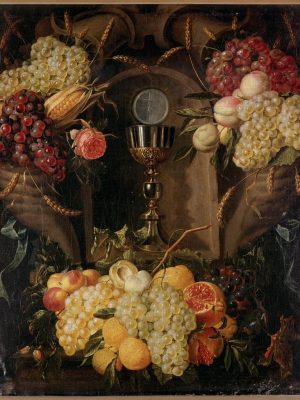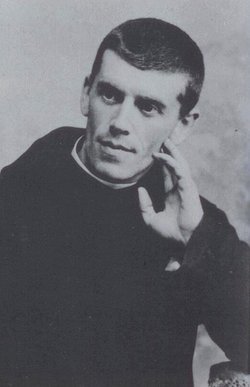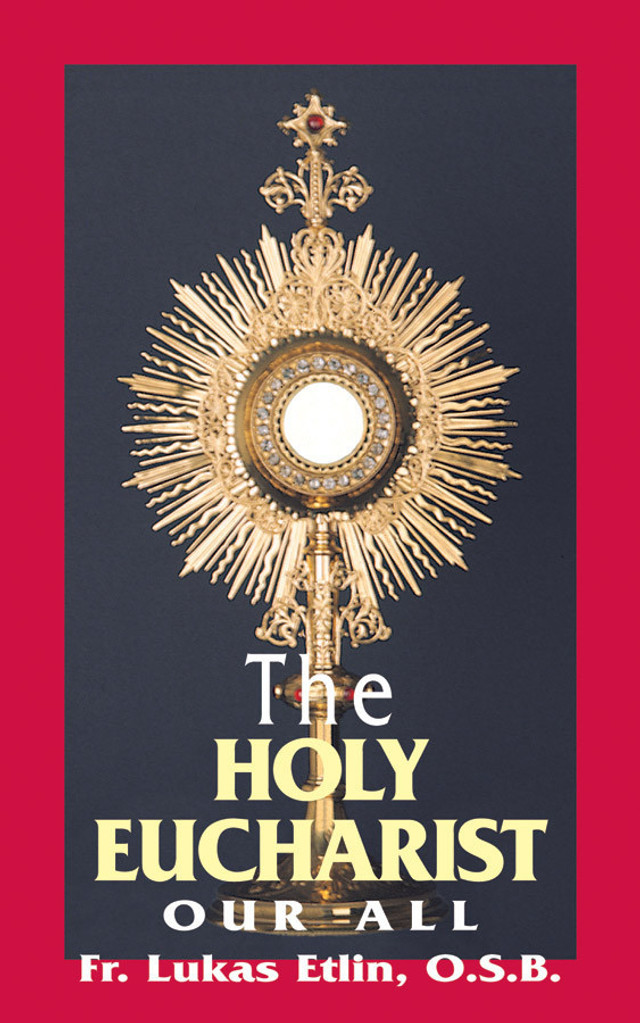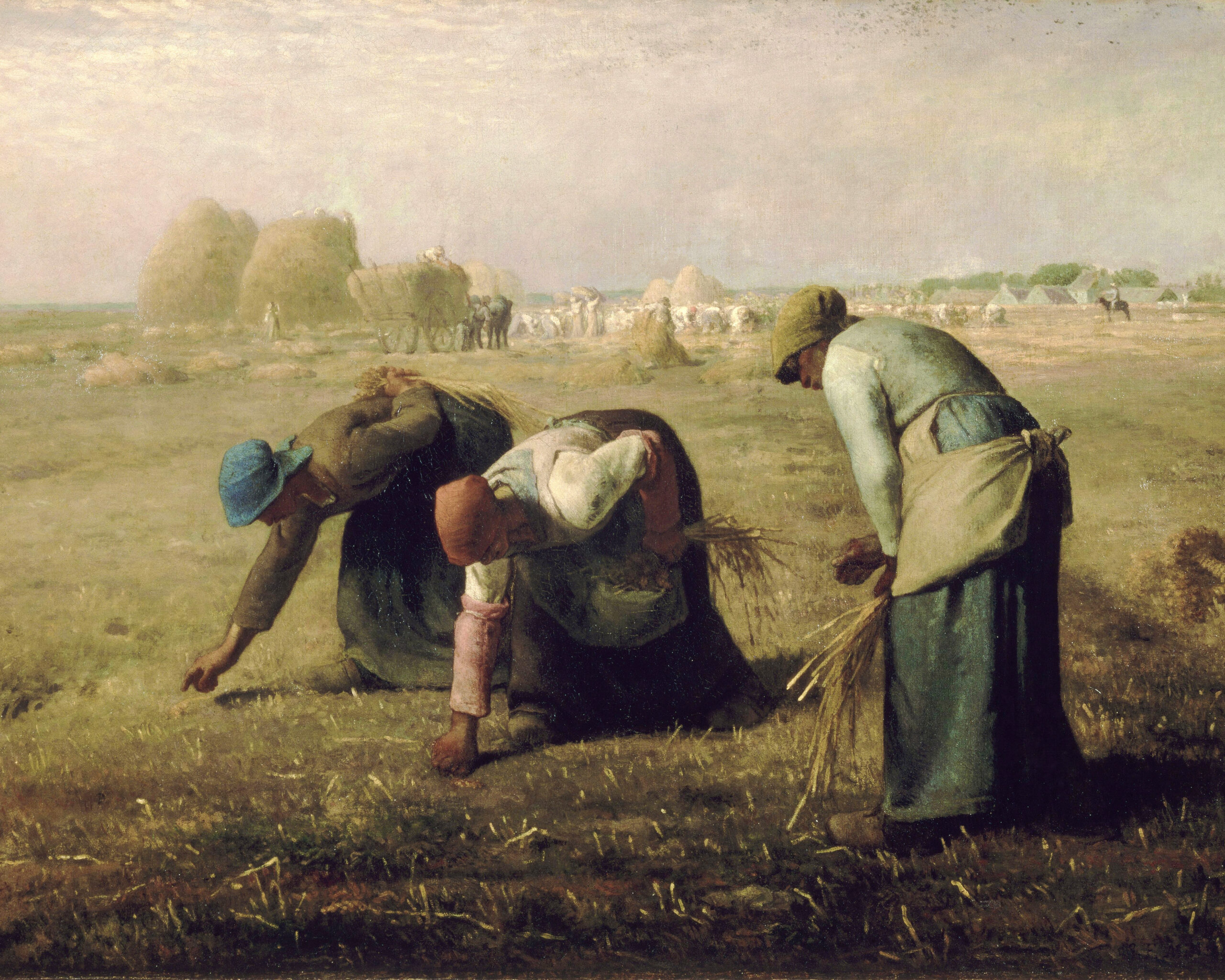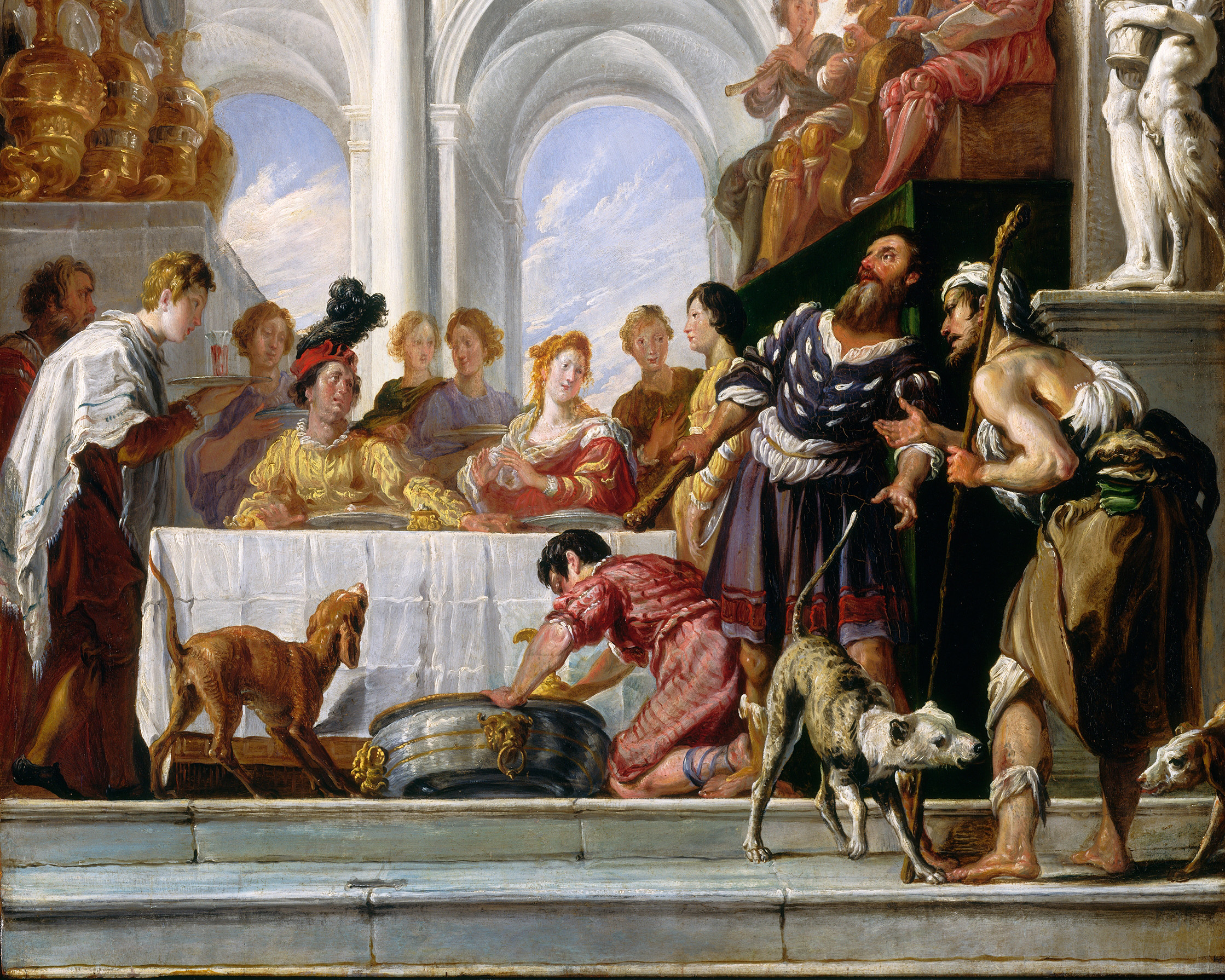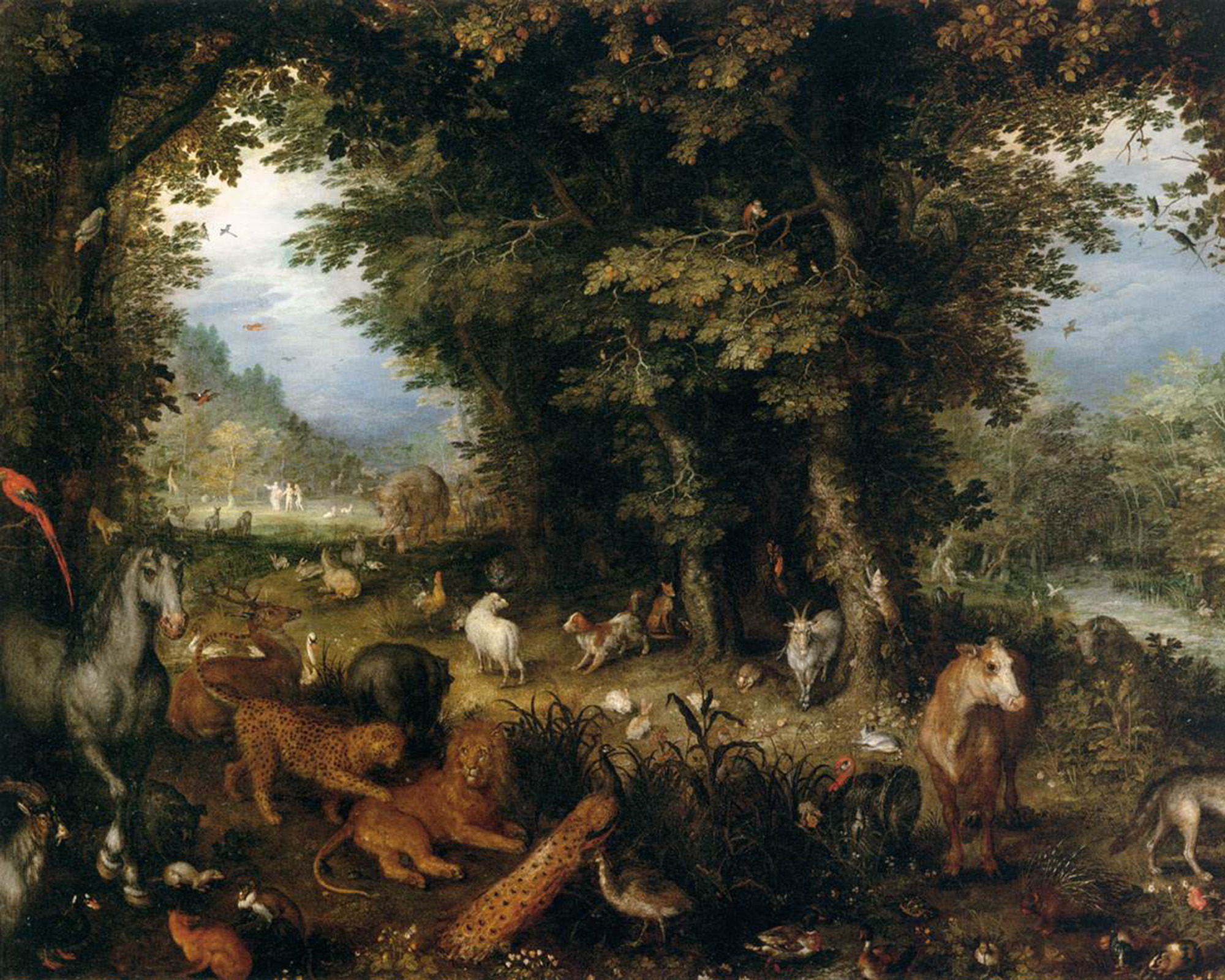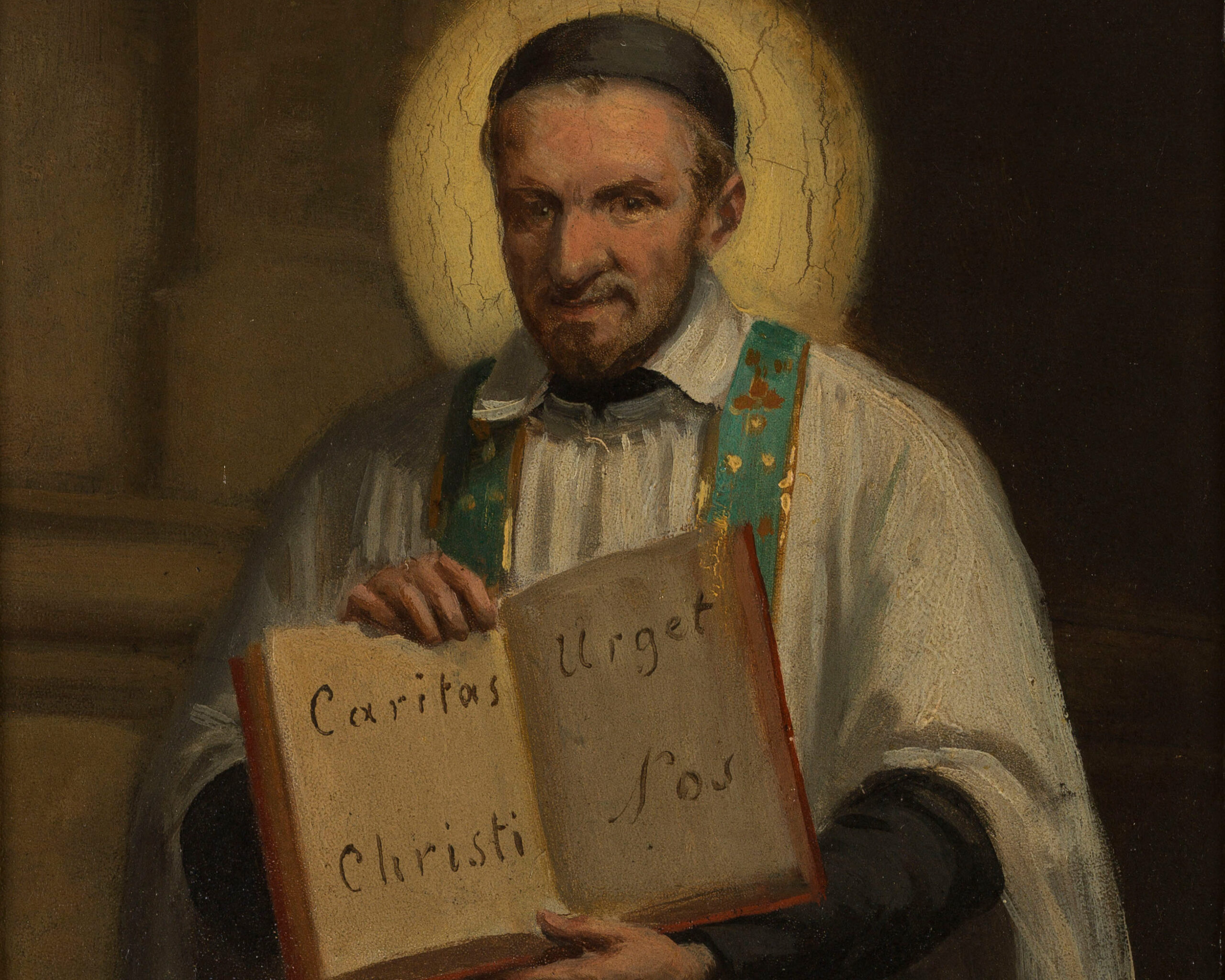Eucharistic Adoration is one of the richest sources of graces for souls. In this excerpt, taken from The Holy Eucharist: Our All, Fr. Lukas Etlin, OSB draws on the tradition of the early church and the example of the saints to inspire souls to often visit Our Lord in the Blessed Sacrament.
A Rich Source Of Grace
After the Sacrifice of the Mass and the reception of Holy Communion, visiting the Blessed Sacrament is one of the richest sources of grace for souls. The memorable words of Pope St. Pius X, the Pope of the Eucharist, show us clearly how he regarded such visits: “The daily adoration or visit to the Blessed Sacrament is the practice which is the fountainhead of all devotional works.” In these daily visits, therefore, St. Pius X recognized the root of Eucharistic devotions.
By daily visiting the Blessed Sacrament, we follow the footsteps of the first Christians. In the catacombs were frequently found representations of the shepherds and the Magi kneeling before the Infant Jesus. Animated by the living faith that Jesus is present in the Eucharist, with Divinity and Humanity, with Body and Soul, with Flesh and Blood, these early Christians said with the shepherds, “Let us go to Bethlehem”; with the Magi, “falling down they adored him.” (Matt. 2:11).
Eucharistic Adoration In The Early Church
In the first ages of the Church, as Justin, Tertullian and other spiritual writers relate, the faithful were permitted to take the Sacred Hosts with them to their homes, so that if captured for martyrdom, they might yet communicate. Even on their journeys these faithful Christians did not wish to be separated from their Lord, and for this reason they carried the Holy Eucharist with them, so that, although far from a priest or church, they could still venerate the Blessed Sacrament. Interesting anecdotes could be mentioned of the hermits who took the Holy Eucharist with them into the desert. And nowadays, alas, so many Christians who live near the church do not find a moment’s time to pay a visit to their Lord! But they have plenty of leisure for worldly visits, for useless conversations or harmful reading.
To them apply the words which St. John Chrysostom addressed to his people, “What excuse shall we have, or how shall we obtain pardon, if we consider it too much to go to Jesus, who descended from Heaven for our sake? Those foreign pagan kings hastened thither from Persia to see Him who lay in the manger; and thou, O Christian, canst thou not spare a few moments to enjoy this heavenly spectacle?”
How we shall regret our negligence at the hour of death! How we shall wish that we had oftener visited our Judge who dwells in the Blessed Sacrament!
Example Of Saints
Pilgrims often make long and perilous journeys to visit the holy house of Loreto where Our Lord Jesus Christ dwelt for a time, or to venerate the sacred places of the Holy Land where He was born, where He suffered and died. But Father John Avila says that, among all sacred places, he knows of none more sacred or worthy of veneration than a church in which the Blessed Sacrament is preserved. It is not a place where Christ once lived and suffered, but where He is truly living and dwelling now! For this reason the Saints found no greater delight in this world than to be in the presence of the Blessed Sacrament. Their biographers cite numberless examples.
St. Francis Xavier, after employing the entire day in laboring for the salvation of souls, would often spend the night in prayer before the Blessed Sacrament. When he was overcome by sleep, he would cast himself on the altar steps for a short rest, then resume his converse with our Divine Lord.
St. Dominic went to the church a number of times every day. The devout Father Sanchez was accustomed to visit his Lord five times a day; St. Francis Borgia, seven times; St. Mary Magdalen de’ Pazzi, thirtythree times; St. Ignatius and St. Stanislaus Kostka spent all their leisure time before the Tabernacle. On his visits to the poor and suffering, St. Vincent de Paul entered every church along his way. If the church happened to be locked, he would perform his devotions outside at the door. Whenever they reached a city, St. Leonard of Port Maurice and St. Benedict Labre directed their first steps to a church where the Blessed Sacrament was kept.
Before his ordination, St. John Bosco, who has been called the Vincent de Paul of the nineteenth century, made the resolution to visit his Lord often. For the youths under his charge he was an apostle of these daily visits. There was no constraint, no compulsion resorted to, and yet the boys took great delight in visiting their Eucharistic God.
ooo
This article is taken from a chapter in The Holy Eucharist: Our All by Fr. Lukas Etlin, OSB which is available from TAN Books.


